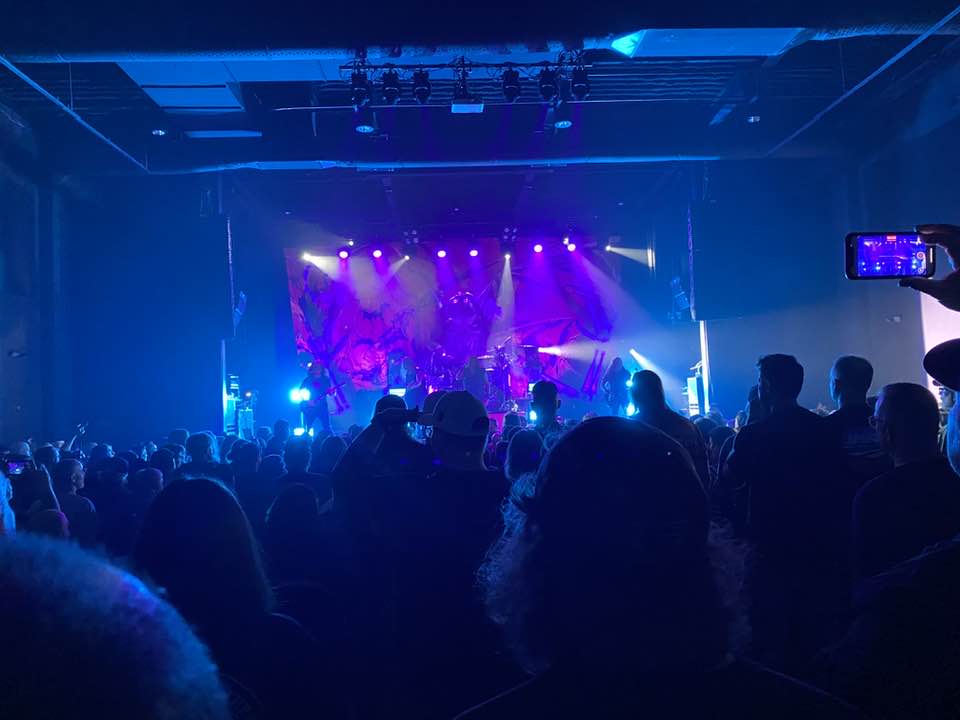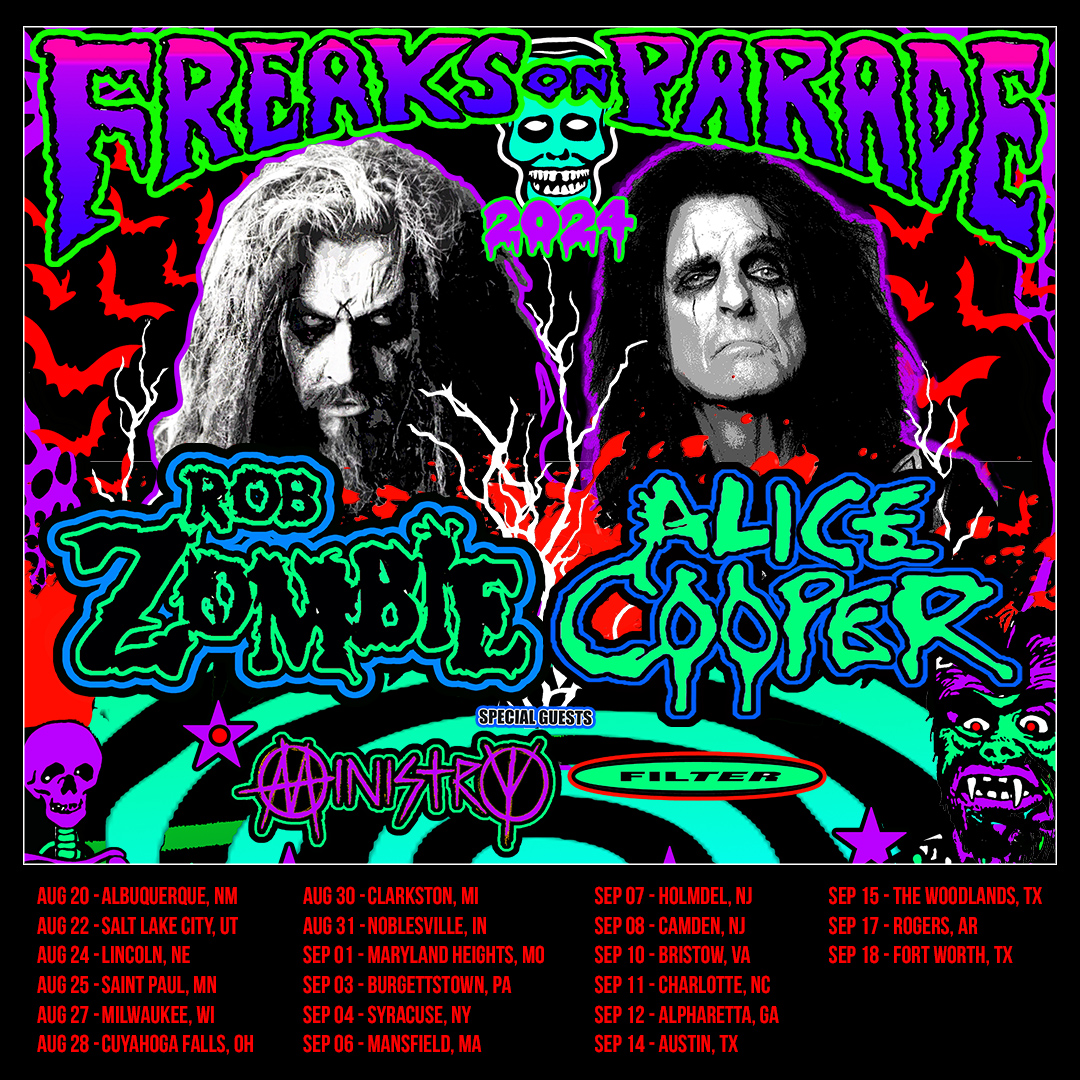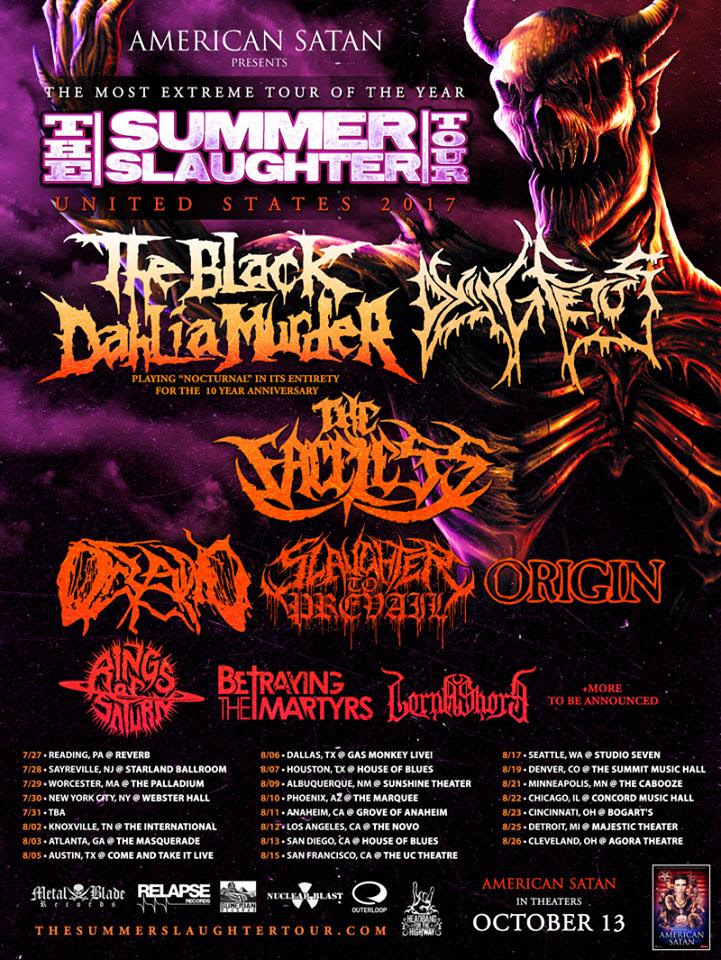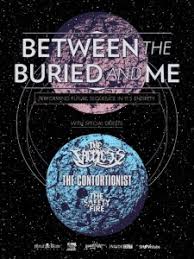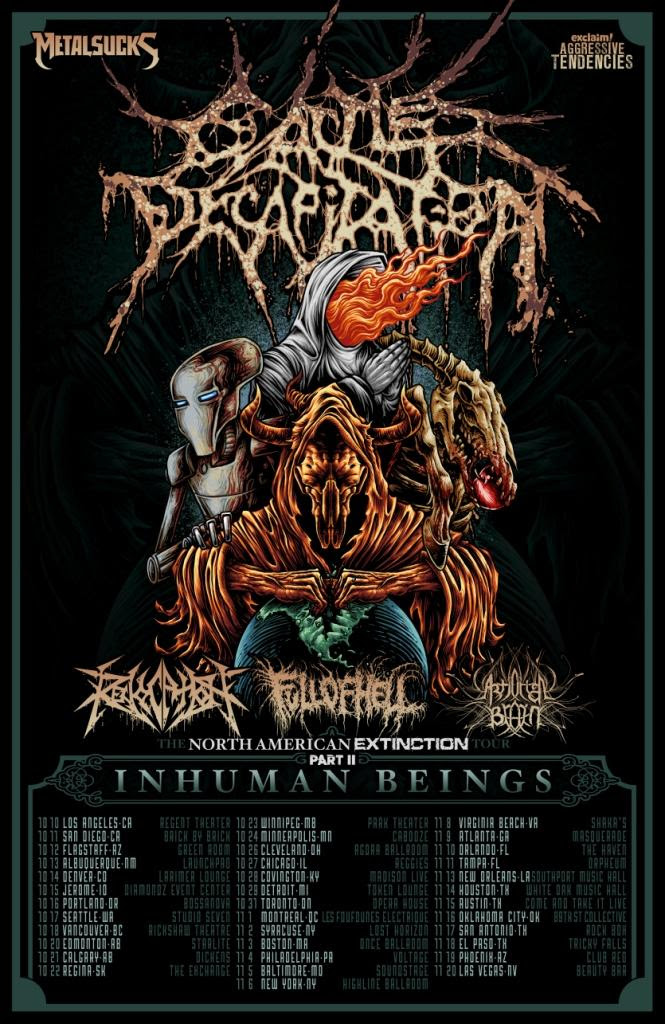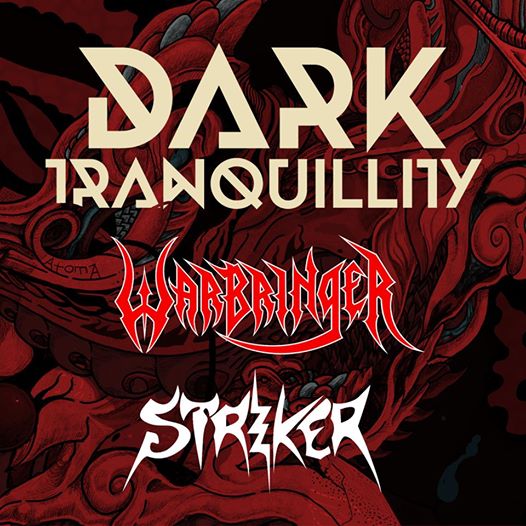Metallica Bio

James Hetfield - vocals Robert Trujillo - bass Kirk Hammett - guitar Lars Ulrich - drums
Genres
thrash
alt metal
hard rock
pop metal
On October 28th, 1981, drummer Lars Ulrich makes guitar player/singer James Hetfield the offer he can't refuse: "I've got a track saved for my band on Brian Slagel's new Metal Blade label."
The truth is, Lars didn't have a band at that time, but he did that day when James joined him. The two recorded their first track on a cheap recorder with James performing singing duties (with a sore throat, even!), rhythm guitar duties and bass guitar duties. Lars dutifully pounded the drums, helped with musical arrangements and acted as manager. Hetfield's friend and housemate Ron McGoveny was eventually talked into taking up bass and Dave Mustaine took lead guitar duties.
The band adopted the moniker Metallica: Young Metal Attack, and began gigging in the Los Angeles area opening for bands like Saxon. They eventually recorded a full-fledged demo called No Life Til Leather. The demo was circulated near and abroad by Lars and his metal tape-trading buddies.
No Life Til Leather stirred up some interest in the underground metal community and the band started garnering some attention, especially in San Francisco and New York.
Metallica performed 2 shows in San Francisco and found the crowds there more friendly than LA's "there to be seen" crowd. They also caught up-and-coming band Trauma, and most importantly their bass player, Cliff Burton. Eventually, Metallica moved upstate and Cliff joined Metallica.
In New York, a copy of No Life Til Leather made its way to Jon Zazula's record shop, the aptly-named Metal Heaven. Zazula quickly recruited Metallica to come out east to play some shows and record an album.
The band made it to New York in a stolen U-Haul only to make announcement to their now manager/record producer: "Our guitar player has got to go." Roadie Mark Whitakker suggested a guitar player from a band he knew back in SF, and on April 1, 1983 Kirk Hammett joins Metallica.
Metallica's first album, Kill 'Em All, is released in late 1983.
Metallica toured behind Kill 'Em All, and in 1984, a second album Ride The Lightning was recorded and released. This album was a more mature album, both lyrically and musically while not missing a beat of the ferocity of Kill 'Em All.
Notable on Ride The Lightning's eight songs is track four; Fade To Black. Inspired by the theft of the band's equipment earlier that year in Boston, the song delves rather deeply into dealing with loss. Other tracks are inspired by H.P. Lovecraft and the movie The Ten Commandments.
The band signed with major management agency Q Prime and soon after is signed to major record label Elektra.
1986 brought their third album, Master Of Puppets, and a tour with Ozzy Osbourne. Metallica was reaching new highs: the new album reached #29 and enjoyed a 72-week run on the US charts. The Ozzy tour helped them gain wide exposure.
The band endured a minor downfall when James broke his arm skateboarding and was unable to play guitar. John Marshall pulled double duty, acting as Kirk's guitar roadie and filling in on rhythm guitar until James healed.
With the Ozzy tour complete the band moved on to Europe and planned their first venture to the Far East. It was hoped that James would be ready to handle his guitar duties, but for the first shows in Europe, Marshall filled in.
James returned in full guitar and vocal duties on September 26th, 1986, the last time Metallica performed with Cliff. Early the next morning, the tour bus skidded out of control and flipped, killing Cliff Burton.
It probably would have been easier for Metallica to call it quits right then and there. Cliff was a major part of the band, not only supplying bass but being somewhat of a teacher and mentor, sharing his musical wisdom and "be yourself" attitude.
Knowing Cliff would be the first to want them to carry on, Metallica minus one carried on.
Jason Newsted was chosen from over 40 auditions to play bass with Metallica. His many strengths included being able to keep up with the band`s drinking habits!
It was decided they would jump right back into "tour mode" to initiate the new bass player and wrap up loose ends.
The band also released an EP of all cover songs as an introduction to Jason. The EP, titled Garage Days Re-Revisited is considered a sequel of sorts to Garage Days Revisited which appeared as a B-side in 1984.
With Jason established, the band went back to record their fourth full-length album, äAnd Justice For All, released in August 1988. It reached #6 on the US charts, and received a Grammy nomination for Best Metal/Hard Rock album.
The band took the show back out on the road and toured extensively to all parts of the world. ...And Justice For All produced two US singles and the band's very first venture into music video for the song One. They finally won a Grammy for the One single.
In 1991 Metallica released the self titled "black album." With new producer Bob Rock, this album was a departure from the previous album. The songs were shorter and the sound was fuller, deeper and less monotone. The "black album" went straight to number one all over the world.. and stayed there for several weeks.
The album spawned several singles and videos and remains the most successful Metallica album to date. The band won several awards including a Grammy for the album and several MTV and American Music Awards.
The band toured and toured and toured (get the picture?) playing all alone in "An Evening With Metallica" or with Guns N' Roses, or as headliner at many festivals. Metallica took the Black Album (and the other songs as well) to the people.
Five years would pass before the next Metallica album saw the light. The album was called Load and was the longest Metallica album to date. With 14 songs it took all available room on a compact disc. The album was again produced by Bob Rock, as was ReLoad, which followed in 1997. Both albums were written and mostly recorded together, and continued what the self-titled album started. Soundwise, the album was thick and and punchy, the songs were loose, powerful and eclectic.
It would be unfair to say Metallica changed a great deal, as the band is the same band that recorded Kill 'Em All, ...And Justice For All and the rest, but the Load twins show a Metallica that has grown towards expanding past the "all attitude and speed" days and back to the "be yourself" attitude.
With the completion and subsequent touring for Load and ReLoad and quite possibly the end of this phase of Metallica, it's natural only to become somewhat introspective. While lyrically the Load albums reflected a great deal of what lies inside each of us emotionally and subconsciously, it came a time to look into what made this band.
No greater reflection of what makes Metallica "Metallica" are their influences. And as they did in 1981 when they started, 1984 with Garage Days Revisited and 1987 with Garage Days Re-Revisited, the band did what comes naturally.. they went back to the garage.
Metallica was and is very much a garage band. Whether it's in Kirk's basement, Jason's Chophouse, Lars' Dungeon or on stage in front of 50,000, Metallica always plays that song or that riff that helped them out somewhere along the road. They had already released 2 garage projects and put out a smattering of cover songs as B-sides. In fact, the Garage Days projects had become so collectable and rare, that poorly-recorded bootleg copies have been circulating for outrageous prices.
The band chose 11 new songs to record its third "in the garage" project, again with Bob Rock. The project was aptly-titled Garage Inc. as it incorporates ALL the previously-recorded garage cover songs along with the 11 new tracks.
So what's next? Look for the band on tour in some new, as well as the old familiar places. A new project unlike anything you'd expect, and a welcome to the year 2000 that most certainly be one to remember!
Click here to update bio

